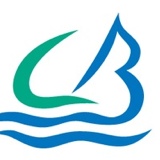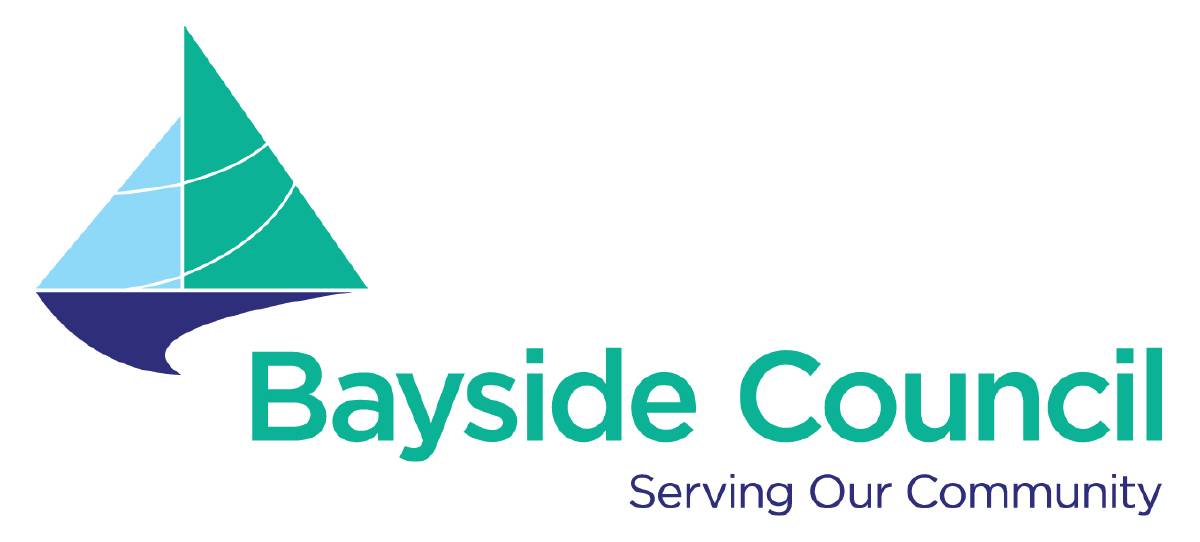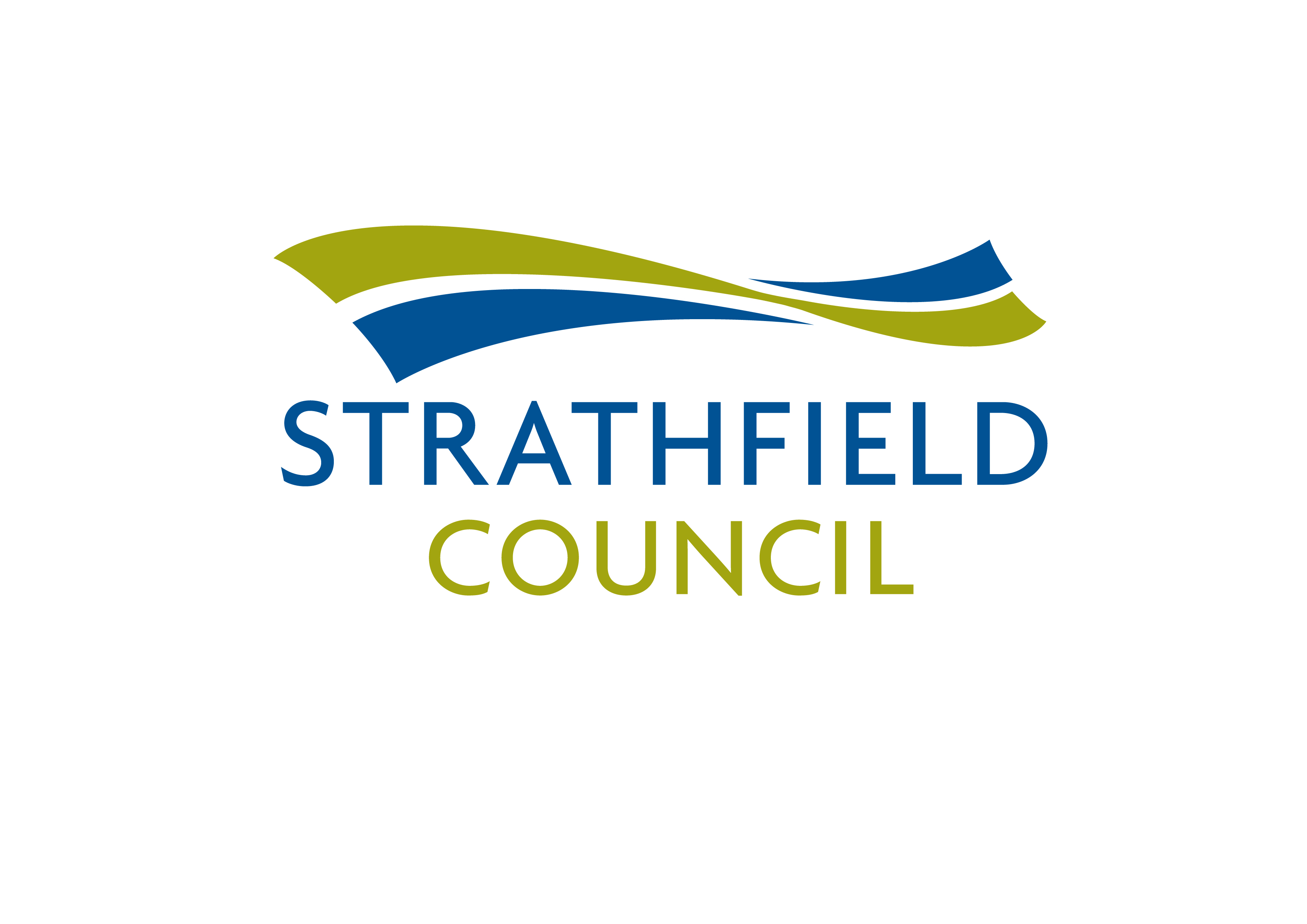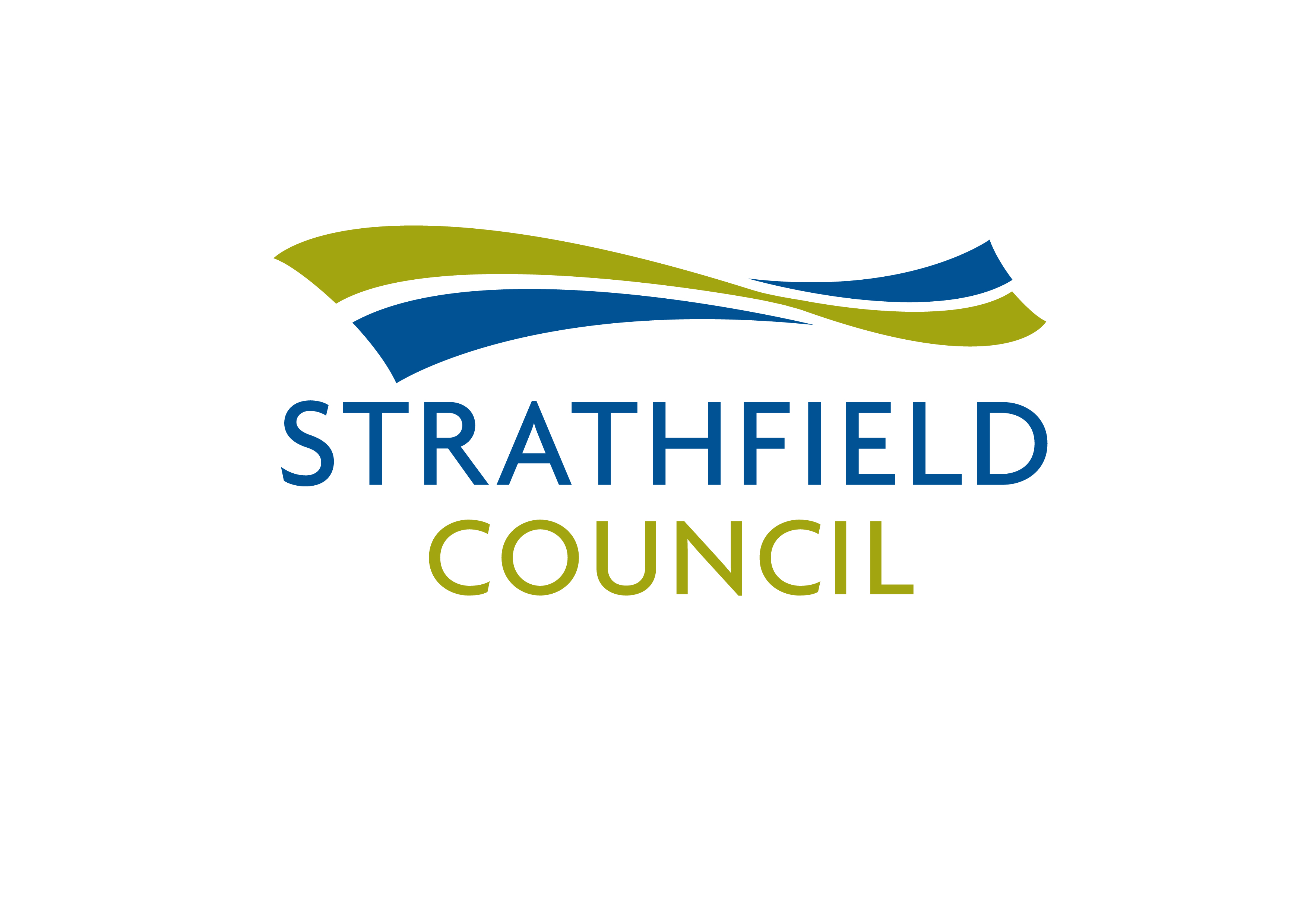Title Page
-
Site
-
Location
-
Conducted on
-
Prepared by
-
Persons present
SYSTEM DETAILS
-
Number of towers:
-
A) Cooling Tower (warm water is discharged against an air stream causing some evaporation/air saturation cooling water)
-
B) Evaporative Condenser (refrigerant in pipes is condensed by air movement/water sprays over its surface)
-
1) Induced Draught Counterflow (fan at the top pulls air through tower and out at the top - air and water oppose each other)
-
2) Forced Draught Counterflow (fan at the side pushes air through tower and out the top - air and water oppose each other)
-
3) Induced Draught Crossflow (fan at the top pulls air through the tower and out at the other side)
-
4) Forced Draught Crossflow (fan at the side pushes the air through the tower and out at the other side)
-
Continuous operation (7 days)
-
Timed operation (week days)
-
Seasonal operation
-
Intermittent operation
ROLES AND RESPONSIBILITIES
DUTY HOLDER
-
Is the 'Duty Holder' identified in writing?
-
Who is the Duty Holder:
RESPONSIBLE PERSON
-
Has a ‘Responsible Person’ been appointed to be managerially responsible for the legionella management of the cooling tower and identified in writing?
-
Who is the 'Responsible Person'?
-
Has the Responsible Person received appropriate training on their role?
-
City and Guild accredited 'Legionella Responsible Person - Cooling systems' recognised by LCA
OPERATIONAL RESPONSIBLE PERSON
-
Has an 'Operational Responsible Person' been appointed and identified in writing to implement the water management plan for the control of legionella?
-
Who is the 'Operational Responsible Person'?
-
Has the Operational Responsible Person received appropriate training on their role?
-
City and Guild accredited 'Legionella Responsible Person - Cooling systems' recognised by LCA
APPOINTED PERSONS
-
Have 'Appointed Persons' been identified to undertake relevant day to day aspects of the water management plan relating to the cooling tower?
-
Who are the Appointed Persons in relation to overseeing the Cooling Tower?
-
Have Appointed Persons received appropriate training on their role and responsibility for the cooling tower?
-
City and Guild accredited 'Legionella Responsible Person - Cooling systems' recognised by LCA
COMPETENT PERSONS
-
Have one or more 'Competent Persons' been appointed to undertake water treatment, maintenance and assessment of the Cooling Tower?
-
Who are the 'Competent Persons'?
-
Are the risk assessors of the Cooling Tower members of the Legionella Control Associations' Code of Conduct or UKAS's accreditation for legionella assessment?
-
Are the roles and responsibilities of the external contractors clearly defined in writing?
NOTIFICATION OF COOLING & EVAPORATIVE CONDENSERS
-
Is there evidence that the Operational Responsible Person has completed a Cooling Tower notification form and forwarded it to the Head of Environment and Regulatory Services?
-
Is the last notification still relevant to the plant in place (i.e. no subsequent decommisioning)?
RISK ASSESSMENT
Assessment
-
Has a risk assessment been completed for the prevention and control of Legionella bacteria associated with the Cooling Tower?
-
Was the assessment carried out in compliance with BS8580-1 Water Quality - Risk assessments for Legionella Control?
-
Is a copy of the Legionella Risk Assessment kept electronically on the asset management system (Atrium)?
REVIEW AND RE-ASSESSMENT
-
Are arrangements in place to ensure the legionella risk assessment for the cooling tower is subject to periodic 'Review' (e.g. following changes to water system, results of checks, system modifications and changes to personnel etc) to ensure it remains up-to-date?
-
Does the person completing the review possess suitable skills, knowledge and experience to undertake the review?
-
Does the review determine whether the system requires 're-assessing'?
-
Date of review/re-assessment detailed on the risk assessment
-
Has the assessment been re-viewed and where necessary reassessed in accordance with the assessors recommendation/internal arrangements?
-
What is the current risk categorisation for the Cooling Tower?
-
Has elimination or replacement with a lower risk system been considered?
ACTIONS
-
Are the actions arising from the assessment tracked and monitored internally by the team responsible?
-
Is there evidence that any high and medium risks have been addressed within timescale?
WRITTEN SCHEME
WRITTEN SCHEME
-
Is there a written scheme for controlling the risk from exposure to legionella bacteria from the Cooling Tower? (if the assessment has shown there is a reasonable foreseeable risk of exposure to legionella bacteria there must be a written scheme)
-
Has the written scheme been subject to regular review?
SCHEMATIC PLAN
-
Does the written scheme contain an up-to-date schematic plan showing the layout of the water system?
-
Does the plan show the required elements?
-
All cooling towers
-
All system control valves
-
All standby equipment eg spare pumps
-
The location of system bleed valves
-
All associated storage tanks
-
The location of chemical dosing points and/or injection points
-
The location of the system drain valves
-
The origin of the water supply
OPERATIONS MANUAL
-
Does the manual contain a description of the SAFE AND CORRECT OPERATION OF THE SYSTEM to control the risk of exposure to legionella bacteria?
-
Does the manual contain details of the PRECAUTIONS TO BE TAKEN INCLUDING ANY WATER TREATMENT PROGRAMME?
-
Does the manual contain details of the CHECKS REQUIRED TO ENSURE THE EFFECTIVENESS OF THE SCHEME AND THEIR FREQUENCY (daily, monthly, quarterly) ?
-
Does the manual contain details of the REMEDIAL ACTIONS TO BE TAKEN IN THE EVENT OF THE SCHEME BEING SHOWN NOT TO BE EFFECTIVE?
OPERATING LIMITS FOR PARAMETERS BEING MEASURED IN THE TOWER
-
Are the safe operating limits for each parameter which is being measured specified for each tower?
Tower
-
pH (scale, corrosion, biocides)
-
Total Ca Hardness (scale) <0.95
-
Conductivity (bleed)
-
Corrosion Inhibitor
-
Suspended Solids (absent in incoming water)
-
Concentration Factor
-
Br (0.5 - 1.0)
-
Cl (0.5 - 1.0)
RECORD KEEPING - WATER HYGIENE LOGBOOK
-
Is there a hard copy logbook located on site or an accessible electronic record held containing relevant information?
-
A log to be signed by all contractors carrying out work on the cooling tower water systems and description of the work
-
A register for weekly/monthly testing and maintenance in accordance with the written scheme
-
Are records of monitoring and inspection retained for a minimum of 5 years?
WATER CHEMISTRY
-
Is the chemical composition of the cooling and make up water monitored monthly with records available?
DISOLVED SOLIDS (eg calcium carbonate when heated forms SCALE (scale protects the bacteria and reduces effectiveness of biocide)
-
Are controls in place to address SCALE?
-
Is water softened/blended (to remove Ca and convert to Na)
-
Is the water softener tested daily and the salt supply checked?
-
Is a scale inhibitor used (to keep Ca in dissolved form)
-
Is scale inhibitor continuously added via a dosing pump controlled by water pump?
-
Acid dosing (to lower the pH and alkalinity)
-
Bleed off and Concentration Factor (limits the cycles of concentration)
-
Are SCALE levels being measured via conductivity/alkalinity?
-
What is the conductivity target?
-
Over the last 4 weeks have the weekly conductivity readings (TDS) been within specified limits?
-
Via Bleed off and Concentration Factor
SUSPENDED SOLIDS (eg dust and algae lead to FOULING that provides biological nutrients and protection to legionella)
-
Are controls in place to address FOULING?
-
Oxidising biocide application (Cl for large towers; Br for smaller cooling systems where pH is over 8; Cl dioxide - dosing issues)
-
Automatic (feedback eg Redox sensor)
-
Automatic (proportionally dosed in relation to bleed, make up water)
-
Automatic (Timed)
-
Manual (consider H&S risks of application)
-
Are automatic pumps calibrated regularly
-
Dispersants (keep suspended solids in suspension)
-
Non-oxidising biocide (slower action)
-
Ozone
-
UV (usually in conjunction with a biocide)
-
Filtration (side stream - filters a % of circulating water)
-
Bleed off and control of Concentration Factor (release of suspended solids)
-
What should the biocide Level be? (650 = good sanitising ability, 450 = not enough)
-
Is FOULING being measured (effectiveness of biocide regime)?
-
Biocide regime monitored weekly via on-site microbial dip slides (legionella bacteria will not grow but other bacteria will)
-
What is the target ACC @ 30C (dip slide count) for each tower?
-
Is there an incubator on site and evidence of periodic service?
-
Are satisfactory dip slide trends evident over the last 4 weeks in each tower?
-
Has appropriate action been taken in response to elevated dip slide readings (10,000 or less = system under control; 10,000 to 100,000 = review controls and resample; 100,000 + = re-sample, shot dose with appropriate biocide)
-
Clarity
-
Control of Concentration Factor via Bleed Off
GASES (eg Oxygen cause CORROSION (pitting) that destroys plant and releases nutrients i.e. Fe for bacteria.
-
Is the tower made of a material that is more resistant to corrosion (stainless steel or copper) rather than a material more susceptible to corrosion (Mild steel)?
-
Are controls in place to address CORRISION of the plant?
-
Corrosion Inhibitor added (forms barrier to cover metal)
-
Is CORROSION being measured?
-
Oxygen meter
-
Control of Concentration Factor
BLEED OFF AND CONCENTRATION FACTOR
-
Is the importance of Bleed Off (i.e. release of make up water and its replacement with fresh water to stop Calcium carbonate coming out of suspension (scale) and Suspended Solids building up) in maintaining the desired Concentration Factor (No. of times solids build in the system water) understood?
-
Is Bleed Off suitably controlled?
-
Conductivity
-
Proportional to use
-
Continuous
-
Timer
-
Manual
-
Is a target Concentration Factor stated in the written scheme?
-
What is the stated target monthly Concentration Factor (Optimum 2.5 to 5.5; lower is safe but water and chemical costs high)?
-
What was the last recorded Conductivity reading of the System water (A)?
-
What was the last recorded Conductivity reading of the Make-up water (B)?
-
What is the Concentration Factor (A / B = CF)
-
Is the target CF being achieved?
LEGIONELLA SAMPLING
-
Are samples for legionella taken quarterly?
-
Are Legionella results in the last 12 months satisfactory?
-
<100 cfu/l = ok
-
100 to 1000 cfu/l = low level legionella count which could be sporadic - Review water treatment system and adjust biocide dosage and resample.
-
+1000 cfu/l = Immediate action - Shot dose with biocide or increase the level of continuous dosage. Review water treatment programme and resample within 48hrs. If still high review risk assessment to identify remedial actions.
-
Has analysis of water samples for legionella been performed in UKAS accredited laboratories with the current ISO standard methods for the detection and enumeration of legionella included within the scope of accreditation?
-
Has the correct action been taken following sampling results?
CLEANING AND DISINFECTION
-
Is there a written procedure for regular cleaning and disinfection of the system?
-
Does cleaning and disinfection take place: a) at least every 6 months (if free from fouling), b) if shut down for a month or more, or c) following alterations to system?
-
Date of last clean and disinfection certificate/job sheet
-
If packs are present and cannot be removed (evaporative condenser), are there alternative methods for making sure they remain clean?
-
Where the cooling tower system operates continuously and it is only possible for the system to be completely shut down infrequently are suitable alternative arrangements in place?
-
Continuous auto dosing of oxidising biocide
-
Maintaining the correct pH level when using oxidising biocides
-
Dosage of additional dispersants
-
Side stream filtration
-
More frequent microbial monitoring (Monthly legionella)
-
Partial system shutdowns
PHYSICAL CONDITION
-
Ensure towers switched off and left to settle for 30 minutes and fans isolated
Tower
-
Is the physical condition of the system checked weekly and records held?
-
Are records complete?
-
Is there evidence of actions being addressed in a timely manners?
-
Do fans have a cage?
-
Are air intakes a suitable distance away from the towers?
-
Is the outer structure clean?
-
Absence of leaks around hatches and seals/joints?
-
Are Drift eliminators suitable and maintained?
-
No damage
-
Not ill fitting
-
Mist only - no droplets
-
Eliminate sunlight
-
Not wooden slats
-
Are nozzles in good order?
-
No scale
-
Good distribution
-
For Cooling Towers, is the fill pack in good order?
-
In place
-
Well ordered
-
No scale
-
Does water flow evenly across the fill pack?
-
For Evaporative Condensers, is the condensing coil in good order?
-
In Place
-
No scale
-
Are dosing pumps/lines in good order?
-
Functioning/no leaks
-
Is the Pond in good order?
-
Water clean
-
No sludge/sediment
-
Fully enclosed to prevent direct sunlight onto the water
-
Are visible surfaces free from slime, scale and corrosion (pitting)?
-
Is the Conductivity probe accessible and removable for recalibration?











